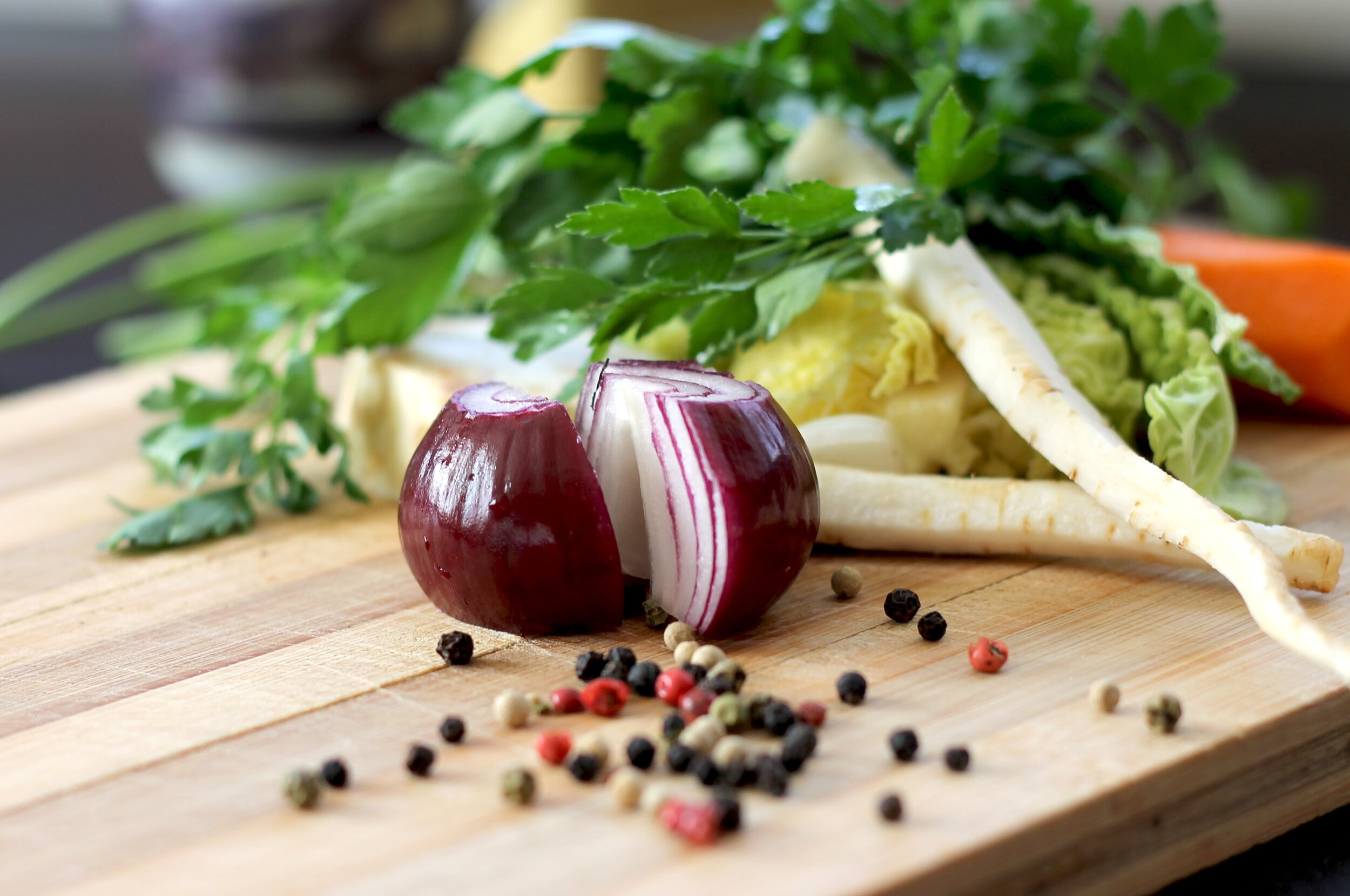
What is the Mediterranean Diet?
Dear Sam,
Have you heard that one of the great things about Spain is the Mediterranean diet? I’m betting you have but also betting you may not exactly know what that means. Personally, I had heard about how healthy the Mediterranean diet was but it wasn’t until I got to Spain and was surrounded by it on a daily basis that I got a clear idea of what is meant by “the Mediterranean diet” and why it is so healthy. In order to help you have a better understanding before you come, let me walk you through the basics as well as some examples and why I love having this diet easily accessible to me!
What is the Mediterranean Diet?
As one would expect, this diet is based on the food traditionally eaten by countries bordering the Mediterranean Sea—namely Greece, Italy, France, and Spain. Of course, the cuisines in these countries vary vastly but the common thread is the focus on plant foods such as fruits, vegetables, legumes, and grains. Meat and dairy are present in the Mediterranean diet but they are less prevalent than in most Western diets. Instead, healthy (monounsaturated) fats come from the generous use of olive oil as well as fresh fish and seafood, seeds, nuts, olives, and avocados. Importantly, the Mediterranean diet revolves around what is locally and seasonally available, resulting in nutrient-rich dishes full of fresh, colorful produce.
Note: While searching on the internet for “Mediterranean Diet” you’re likely to find a lot of diet plans (aka ways to alter your food intake to lose weight). However, we would encourage you to think of the Mediterranean diet in the way that ‘diet’ was originally meant to be interpreted—the kinds of food that a person, animal, or community habitually eats. In fact, the true health benefits of the Mediterranean diet can only be felt if you take on the lifestyle as well (see Pyramid and description below).
I would argue that an important part of the Mediterranean Diet is also the way in which it is served. People in Mediterranean countries, particularly Spain, tend to eat their biggest meal in the middle of the day rather than in the evening. This allows for a lot more time to digest ‘heavier’ foods like meats and grains. Read more about the average Spanish eating scheduling here.
would argue that an important part of the Mediterranean Diet is also the way in which it is served. People in Mediterranean countries, particularly Spain, tend to eat their biggest meal in the middle of the day rather than in the evening. This allows for a lot more time to digest ‘heavier’ foods like meats and grains. Read more about the average Spanish eating scheduling here.
Additionally, the real trick to the Mediterranean diet is accompanying it with the Mediterranean lifestyle. People in this part of the world seem to walk everywhere and thus get plenty of movement throughout their day. They eat slowly and enjoy food with friends and family, not on the go. You may be happy to know that this is often accompanied with a glass or two of wine—an amount which many studies have shown to be healthy—but keep in mind that alcohol is not drunk in excess according to this traditional diet. Essentially, living the Mediterranean lifestyle means striking the perfect balance of enjoying in moderation.
What is it NOT?
If hearing ‘Mediterranean Diet’ conjures up images of pasta dishes and Caesar salads, think again! Remember that this diet is based on the way Mediterranean cultures traditionally ate—not the way their food has come to be served (read: what tourists expect). Italians may eat pasta but this is usually a small serving (think ½ – 1 cup) alongside salad, vegetables, fish or lean meat, and perhaps some bread. The same is true here in Spain, you may expect to be served a full pan of paella for just one or two people (a la the photos you’ve seen on Instagram) but the more traditional way of eating paella is to serve many more people from a larger pan, resulting in more reasonable serving sizes.
Likewise, if you expect Spanish food to resemble Mexican food you will be deeply disappointed. Spanish food truly has much more in common with its neighbors in the Mediterranean than with other Spanish-speaking countries. Instead of cooking with manteca (pig lard) and chilis, Spaniards much more likely to stick to basic seasonings (salt and pepper or a mixture like hierbas provenzales or especias morunas if they’re getting more exotic) and olive oil. Read more about Spanish spices here.
 What are some examples of common Spanish foods that fall into this ‘diet’?
What are some examples of common Spanish foods that fall into this ‘diet’?
Paella: The most emblematic Spanish dish that comes to mind is definitely paella. With a base of rice, this dish is made in a variety of ways but tends to boast plentiful vegetables, seafood, and/or fresh meats.
Tortilla española: The Spanish omelette is another good example of the Mediterranean Diet. While it’s not as obvious of some other vegetable-rich dishes it implements eggs as a source of protein instead of meat and is cooked more healthfully in olive oil.
Pisto: This dish is simply the Spanish version of ratatouille and consists of nothing more than fresh vegetables, olive oil, and some spices. For more protein, it can be accompanied with egg, tuna, codfish, or other fish.
Gazpacho: You may have heard of this cold tomato soup that is sometimes drunk from a glass rather than served in a bowl. The base is made from fresh vegetables (traditionally tomato, green pepper, and cucumber) and, if served as soup, is often topped with more peppers and perhaps croutons.
Salmorejo: A bit lesser known worldwide than gazpacho, salmorejo follows a similar playbook. This cold soup is also made from tomatoes, bread, olive oil, and garlic. The game-changer is that it is served topped with hard-boiled eggs, strips of jamón serrano and a bit more olive oil.
Lentejas: Also called lentejas gusiados or guiso de lentejas, lentil stew is another fine example of the Mediterranean diet in which meat is substituted for healthier (and cheaper) ingredients like lentils and potatoes. This dish is not only symbolic of good luck and health at New Years, it’s good and healthy year-long.
Why do I love being surrounded by the Mediterranean Diet?
While you could arguable cook and eat only a Mediterranean Diet regardless of where you live (check out Old Way’s wealth of information for doing so or this article with a 7-day meal plan if you’re interested), being surrounded by others also partaking in this diet is very impactful. We are all creatures of habit as well as creatures of convenience and group-think so it’s only normal that we will tend to eat the same sort of diet as the rest of the people around us. What’s available to you at local restaurants and grocery stores—as well as the cost of these products—plays a big role in determining what you eat.
In the U.S. we are constantly surrounded by fast food and processed foods and these often feel like the most convenient and affordable options. On the contrary, here in Spain fresh produce is comparatively very affordable. Especially important is the accessible cost of quality extra virgin olive oil. When I was in the US this summer I tried to keep up with my Mediterranean diet but it was much harder on the bank than I was used to. When you’re in a country where a decent bottle of olive oil costs between $10-20, you think twice about using it to cook vegetables. However, here in Spain I barely ever cook with another oil.
 It’s similarly easier to keep up with cooking seasonal foods (which pack the exact nutrients you most need at their time of year) when you’re shopping at a local frutería (fruit and veggie shop) instead of a chain supermarket. Essentially, immersing in the Spanish culture and going about my shopping and cooking in the way I’ve seen Spaniards do it helps me stay on track more than I realized, which is an often overlooked benefit.
It’s similarly easier to keep up with cooking seasonal foods (which pack the exact nutrients you most need at their time of year) when you’re shopping at a local frutería (fruit and veggie shop) instead of a chain supermarket. Essentially, immersing in the Spanish culture and going about my shopping and cooking in the way I’ve seen Spaniards do it helps me stay on track more than I realized, which is an often overlooked benefit.
I hope this article has answered your questions about the Mediterranean Diet as well as inspired you to look at this ‘diet’ more as a lifestyle than a meal plan. Have you tried to cook along the lines of the Mediterranean Diet? What are some of your favorite dishes?
Sincerely,
Spain
Resources:
https://www.medicalnewstoday.com/articles/324221.php
https://www.helpguide.org/articles/diets/the-mediterranean-diet.htm
https://www.webmd.com/diet/ss/slideshow-12-reasons-to-love-the-mediterranean-diet
https://www.nhs.uk/live-well/eat-well/what-is-a-mediterranean-diet/
https://www.cookinglight.com/eating-smart/nutrition-101/what-is-the-Mediterranean-diet
https://oldwayspt.org/traditional-diets/mediterranean-diet





